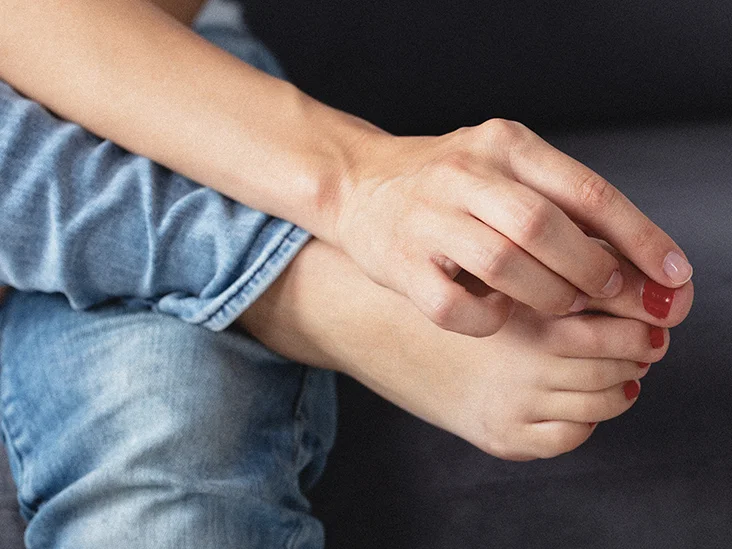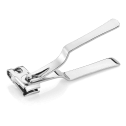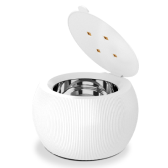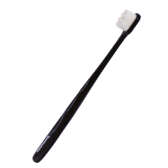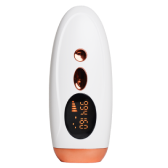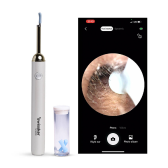Ingrown toenails are a common foot problem that can be both painful and unsightly. They occur when the corner or edge of a toenail grows into the surrounding skin, causing pain, redness, and swelling. Many people wonder whether an ingrown toenail will eventually grow out on its own without any intervention. In this blog post, we will explore the causes and symptoms of ingrown toenails, the available treatment options, and how to prevent them from occurring in the first place.
Will it eventually grow out on its own?
We will also answer the question: “Will an ingrown toenail eventually grow out on its own?” by providing a detailed explanation of the factors involved and the potential risks of leaving an ingrown toenail untreated.
What Causes Ingrown Toenails?
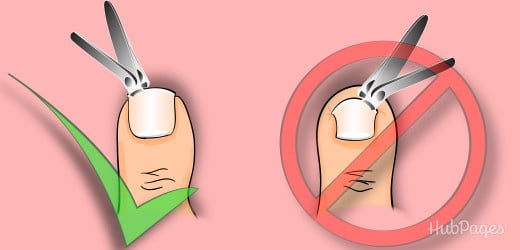
There are several factors that can cause ingrown toenails.
- Improper toenail trimming: One of the most common causes is improper toenail trimming, such as cutting the toenails too short or rounding the corners. This can cause the nail to grow into the surrounding skin.
- Tight or ill-fitting shoes: Wearing tight or ill-fitting shoes is another common cause of ingrown toenails, as it can put pressure on your toes and cause the nail to grow into the skin.
- Trauma or injury to the toe: Trauma or injury to the toe, such as stubbing your toe or dropping something heavy on it, can also cause an ingrown toenail to develop.
- Genetics: Finally, genetics can also play a role in the development of ingrown toenails. Some people may be more prone to developing them due to their genetic makeup. Understanding these causes can help you take steps to prevent ingrown toenails from occurring in the first place.
Ingrown Toenail Symptoms
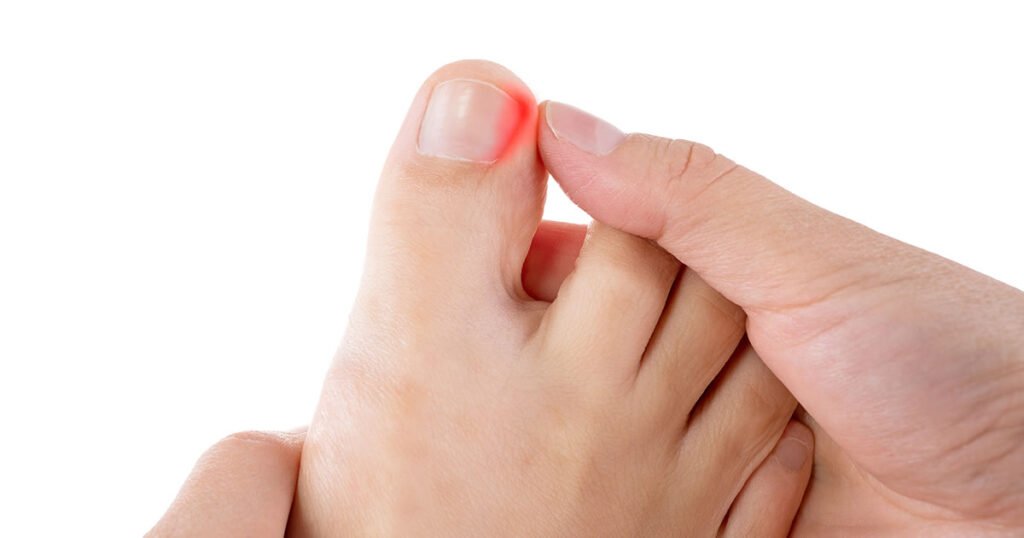
The symptoms of an ingrown toenail can vary depending on the severity of the condition. One of the most common symptoms is pain and tenderness around the affected toenail.
You may also notice redness and swelling around the toenail, and if the nail becomes infected, you may experience pus or drainage from the affected area.
In some cases, an ingrown toenail can also make it difficult to wear shoes due to the pain and discomfort. It’s important to seek medical attention if you experience any of these symptoms, as an untreated ingrown toenail can lead to more serious complications.
Can an Ingrown Toenail Grow Out on Its Own?
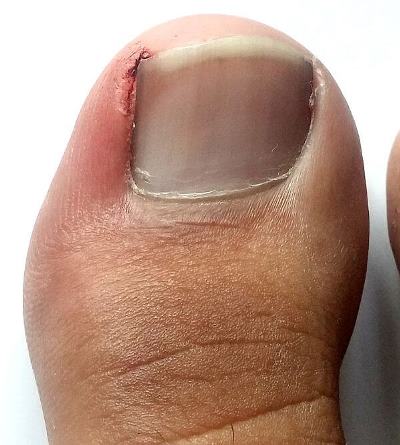
In some cases, an ingrown toenail may grow out on its own without any intervention. This is more likely to happen if the ingrown toenail is mild and caught early, before it has a chance to become more severe.
However, it’s important to note that this is not always the case, and leaving an ingrown toenail untreated can lead to complications such as infection or the nail growing deeper into the skin.
If you do choose to wait and see if your ingrown toenail will grow out on its own, there are some steps you can take to encourage this process.
- Soak your foot in warm water for 15-20 minutes, 2-3 times a day.
- Gently lift the corner of the ingrown toenail with a clean, sterile tool, such as a nail file or tweezers.
- Slide a small piece of cotton or dental floss underneath the corner of the toenail, placing it between the nail and the skin.
- Replace the cotton or floss daily, or as often as needed, to keep the nail lifted and prevent it from growing back into the skin.
- Wear open-toed shoes or sandals to reduce pressure on the affected toe.
- Avoid tight or restrictive footwear, such as high heels or narrow-toed shoes.
- Take over-the-counter pain relievers, such as ibuprofen or acetaminophen, as directed to help manage pain and discomfort.
- Monitor the affected area for signs of infection, such as increased redness, swelling, or pus, and seek medical attention if these symptoms occur.
It’s important to note that while these steps may help to encourage an ingrown toenail to grow out on its own, they are not always effective.
If you’re experiencing symptoms of an ingrown toenail, it’s important to seek treatment from a podiatrist as soon as possible. A podiatrist can help assess the severity of your condition and recommend the appropriate course of treatment, which may include home remedies or more advanced treatment options such as antibiotics or surgery.
Finally, if you’re looking for the Best Toe Nail Clippers that can help you to Safely and Effectively Manage your Ingrown Toenail, consider investing in a Swissklip Heavy Duty Toenail Clipper.
This clipper is designed specifically for thick or ingrown toenails, and features a durable, stainless steel construction for long-lasting use. Read this article to understand what causes thick toenails, symptoms and treatments to get rid of them.
With its precision cutting blades and comfortable grip, the Swissklip clipper can help you to safely and effectively act on your ingrown toenail to avoid complications and promote healing.
Risks of leaving an ingrown toenail untreated
Leaving an ingrown toenail untreated can lead to a number of serious complications of ingrown toenails. One of the most common risks of an untreated ingrown toenail is infection. As the nail grows into the skin, it can create an opening for bacteria to enter, leading to an infection in the surrounding tissue. Signs of infection may include increased pain, redness, swelling, and discharge from the affected area. If left untreated, the infection can spread to other parts of the body, potentially causing more serious health problems.
Another risk of an untreated ingrown toenail is the development of an abscess. This occurs when pus collects in the tissue around the nail, causing a painful, swollen bump to form. In some cases, the abscess may need to be drained in order to prevent further complications.
If an ingrown toenail is left untreated for an extended period of time, the nail may begin to grow deeper into the skin, making it more difficult to treat. This can lead to more invasive procedures, such as surgery, being necessary to correct the problem.
In rare cases, an untreated ingrown toenail can even lead to sepsis, a life-threatening condition that occurs when an infection spreads throughout the body. This underscores the importance of seeking prompt medical attention if you’re experiencing symptoms of an ingrown toenail.
Overall, the risks of leaving an ingrown toenail untreated are significant, and can include serious complications such as infection, abscesses, and sepsis. By seeking treatment from a podiatrist as soon as possible, you can reduce your risk of developing these complications and ensure that your condition is properly diagnosed and treated.
Ingrown Toenails Treatments
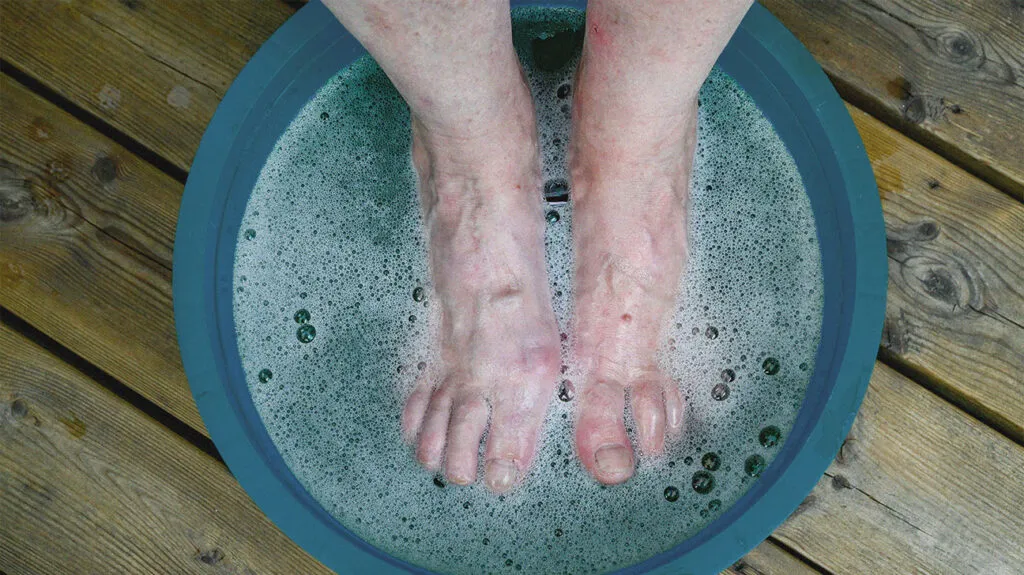
There are several treatment options available for ingrown toenails, depending on the severity of the condition. Mild cases may be treated with simple home remedies, while more severe cases may require medical intervention.
As explained before, one of the most common home remedies for ingrown toenails to grow out on its own is soaking the affected foot in warm water for 15-20 minutes, 2-3 times a day.
This can help to reduce swelling and pain, and soften the skin around the ingrown toenail. You can also try lifting the corner of the ingrown toenail with a clean, sterile tool, such as a nail file or tweezers, and placing a small piece of cotton or dental floss underneath to keep the nail lifted and prevent it from growing back into the skin.
Over-the-counter pain relievers, such as ibuprofen or acetaminophen, can also help to manage pain and discomfort associated with ingrown toenails.
In more severe cases, medical intervention may be necessary. Your podiatrist may prescribe antibiotics to treat an infection, or perform a minor surgical procedure to remove the ingrown portion of the nail. In extreme cases, the entire nail may need to be removed to allow the affected area to heal properly.
It’s important to seek medical attention if you’re experiencing symptoms of an ingrown toenail, as untreated ingrown toenails can lead to serious complications such as infection or abscesses. Your podiatrist can help you determine the most appropriate treatment option for your condition, and provide guidance on how to prevent ingrown toenails from occurring in the future.
How to Prevent Ingrown Toenails
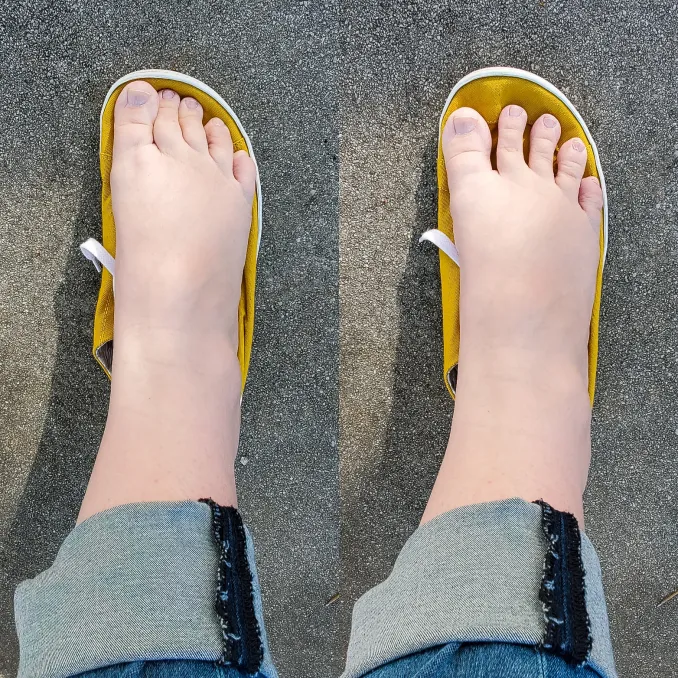
Preventing ingrown toenails is largely a matter of taking proper care of your feet and nails. In addition to seeking medical attention, there are also some steps you can take to prevent ingrown toenails from occurring in the first place.
- Proper toenail trimming: Cut your toenails straight across, rather than rounding the corners or cutting them too short. This can help to prevent the nail from growing into the surrounding skin.
- Get good quality nail clippers: Use clean, sharp and good quality toe nail clippers to avoid tearing or damaging the nails.
- Wear properly fitting shoes: Avoid wearing tight or restrictive footwear that are too tight or narrow in the toe box, such as high heels or narrow-toed shoes, as this can put pressure on your toes and cause the nail to grow into the skin.
- Give some space to your toes: Choose shoes that fit well and provide plenty of room for your toes to move.
- Practice good foot hygiene: Keep your feet clean and dry, especially after exercise or other activities that cause your feet to sweat. This can help to prevent infection and reduce the risk of ingrown toenails.
- Avoid sharing footwear and nail care tools: Sharing towels, shoes, socks, any other footwear or nail clippers with others can increase your risk of developing an ingrown toenail, as it can spread bacteria and other microorganisms.
- Be mindful of foot injuries: Trauma or injury to the toe can increase your risk of developing an ingrown toenail, so it’s important to take steps to protect your feet and seek medical attention promptly if you do experience an injury to reduce the risk of complications.
By following these steps, you can help to reduce your risk of developing an ingrown toenail. If you do experience symptoms of an ingrown toenail, it’s important to seek medical attention from a podiatrist as soon as possible to prevent further complications.
Your podiatrist can also provide guidance on how to prevent ingrown toenails from occurring in the future.
When to See a Podiatrist for an Ingrown Toenail
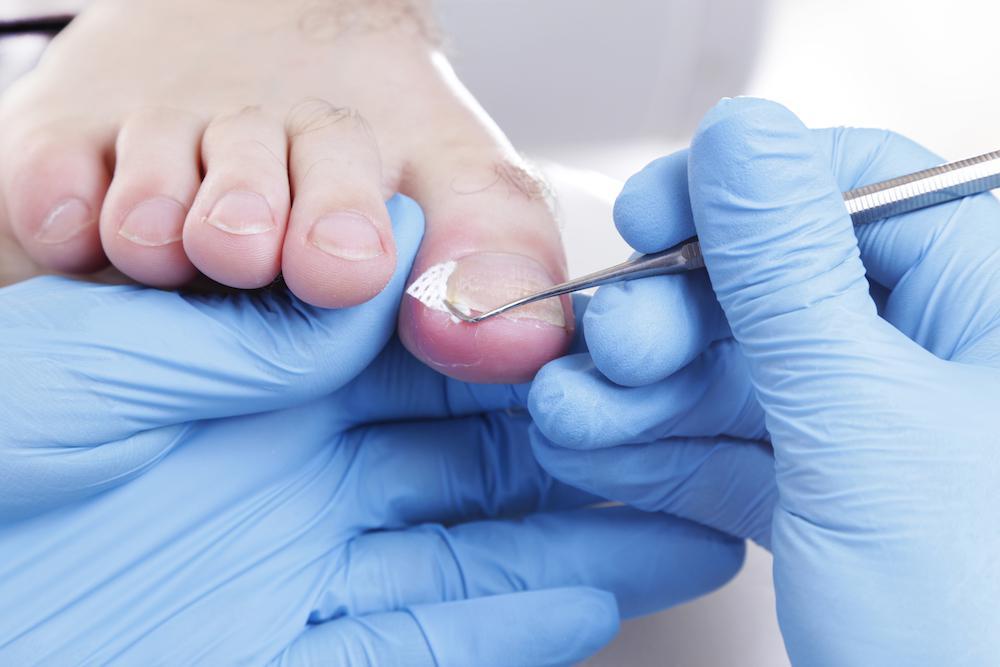
If you’re experiencing symptoms of an ingrown toenail, it’s important to seek medical attention from a podiatrist as soon as possible. Some signs that you may have an ingrown toenail include:
- Pain and tenderness around the affected toenail
- Redness and swelling around the toenail
- Drainage or pus from the affected area
- Difficulty wearing shoes due to pain and discomfort
If left untreated, ingrown toenails can lead to serious complications such as infection, abscesses, or even sepsis in rare cases. That’s why it’s important to seek prompt medical attention if you’re experiencing symptoms of an ingrown toenail.
Your podiatrist can assess the severity of your condition and recommend the appropriate course of treatment. Treatment options may range from simple home remedies to more invasive procedures such as antibiotics or surgery, depending on the severity of the condition. Your podiatrist can also provide guidance on how to prevent ingrown toenails from occurring in the future, such as proper toenail trimming and wearing properly fitting shoes.
In general, it’s a good idea to see a podiatrist for regular foot exams, particularly if you have diabetes or other underlying health conditions that can increase your risk of foot problems. By taking care of your feet and seeking medical attention when necessary, you can help to prevent complications and maintain good foot health.
Maintaining Good Foot Health
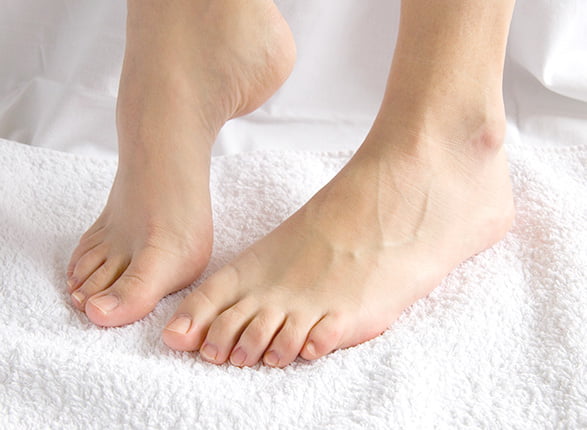
In conclusion, ingrown toenails are a common foot problem that can cause pain and discomfort if left untreated. While some mild cases of ingrown toenails may grow out on their own, it’s important to seek medical attention if you’re experiencing symptoms such as pain, redness, and swelling around the affected toenail.
There are several treatment options available for ingrown toenails, ranging from simple home remedies to more invasive procedures such as surgery. Your podiatrist can help you determine the most appropriate treatment option for your condition, and provide guidance on how to prevent ingrown toenails from occurring in the future.
By following proper foot hygiene practices, wearing properly fitting shoes, and seeking prompt medical attention when necessary, you can help to prevent ingrown toenails and maintain good foot health. If you’re experiencing symptoms of an ingrown toenail, don’t hesitate to contact a podiatrist for advice and treatment.



